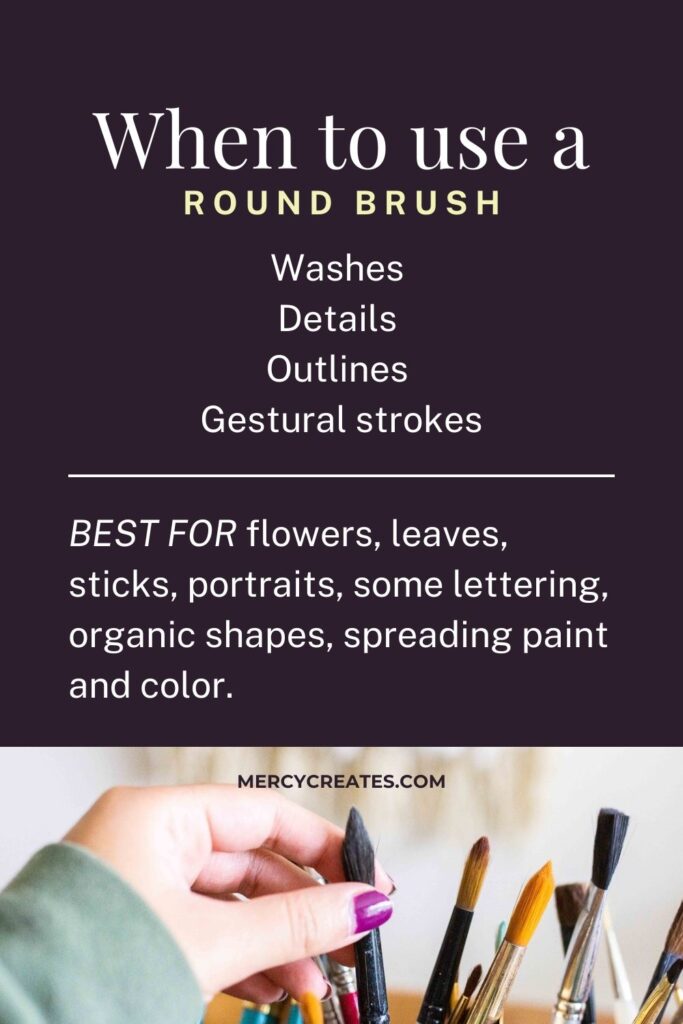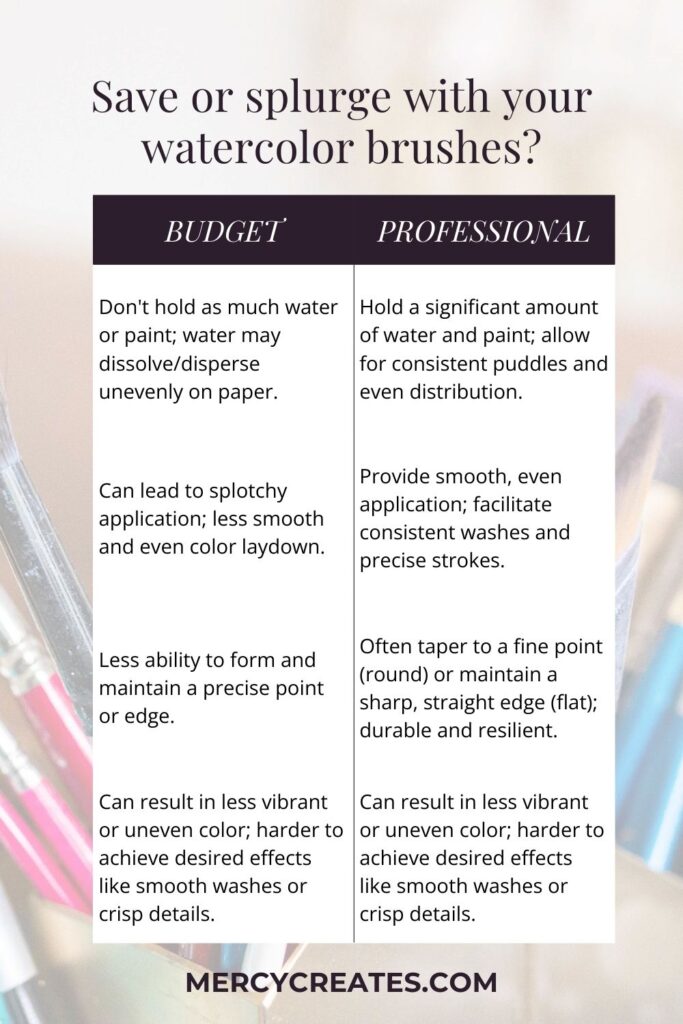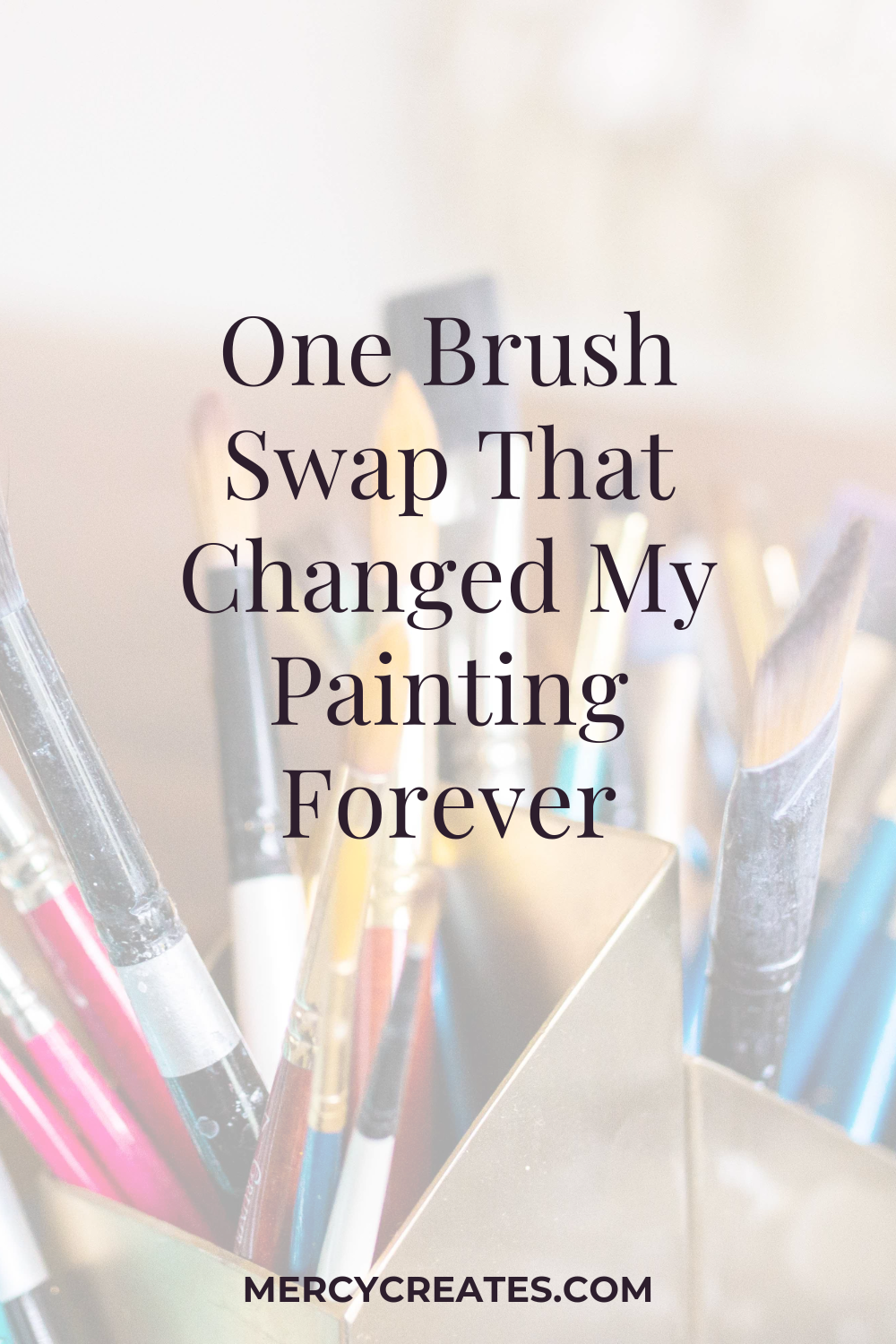Have you ever stared at your watercolor painting and thought, “Why does this look like mud?” Or maybe you’ve asked yourself why your paper is wrinkly and bumpy after all the painting you’ve done, or why the vision in your head never makes it onto the page…
Friend, I’ve been there. And I’m here to tell you: your creativity isn’t the problem. Your technique is.
The Real Reason People Quit Watercolor (And How You Can Avoid It)
Watercolor isn’t difficult—it’s just misunderstood. So many step-by-step videos show you how to replicate a floral wreath or a landscape, but they skip over the most critical parts:
- How to mix colors without turning them to a brown, blurry mess
- How much water to use on your brush or paper
- Why your paper warps (and how to stop it)
It’s no wonder we get frustrated and throw our paper away.
If you’ve ever whispered, “Maybe I’m just not artistic,” I want you to know you’re not alone. I had the same thoughts. But what if the issue isn’t your creativity? What if it’s just the tools in your hand?
Would you trust a hairstylist using kitchen shears instead of professional scissors? Of course not.
So let’s stop trusting the $5 brush pack for our creative breakthrough.
The Solution: Understanding Your Brushes Can Change Everything
Meet Your Watercolor MVPs: Round vs. Flat Brushes
Round Brushes: The Floral Queen
- Best for loose, organic shapes (florals, clouds, leaves)
- Holds lots of water
- Tapers to a fine point for delicate strokes and detailed lines
- Technique: Soft-Hard-Soft (press down, lift up)

Flat Brushes: The Landscape King
- Best for smooth washes (skies, seas, architecture)
- Straight bristles create even color coverage
- Ideal for big, bold strokes and defined edges

Why the Wrong Brush Feels Like the Wrong Talent
Trying to paint a sky with a round brush? It’ll be blotchy. Using a flat brush for a flower? It’ll look like a rectangle with no petal point.
When the brush doesn’t match the subject, the outcome suffers—and your confidence takes a hit.

Watch How to Use Different Watercolor Brushes 🎥
Wondering how big of a difference the right brush can make? Or how the wrong brush can lead to wasted paints, paper, time, and energy?
Watch this quick video where I chat and show you IRL what happens when you use a round vs. flat brush—and why your paintings might be struggling more than they need to.
You’ll see exactly how technique, pressure, and water levels impact your results—so you can stop second-guessing and start enjoying the process.
Want Better Watercolor Results? Start With Better Brushes
There’s a real difference between cheap and quality brushes:
- Cheap brushes: Don’t hold water or pigment well. You’ll see uneven drying, patchy strokes, and more frustration. They don’t pick up and apply the water as well, and you’ll realize the bristle materials are making it harder for your vision to come to life.
- Quality brushes: Saturate the page beautifully, stay consistent, and make painting feel good—even the handles feel better in your hands compared to the cheaper brushes! There’s a wide variety of bristle shapes, and each one is designed to take your creativity further.
💡 Pro tip: Keep a few cheap brushes around for experimenting or scrubbing—but invest in high-quality brushes for the real work. I have a few brushes from “Artist’s Packs” that I keep for applying adhesive or other non-watersoluable materials. Sometimes, I’ll even trim the bristle into a different shape just to experiment. I’m not saying to go all-in with professional brushes… but I am saying that the tools you choose matter, and it will affect your painting experience.
Take the First Step Toward Better Watercolor Paintings
Once I understood the difference tools make, I stopped throwing away my work. My confidence grew, and painting became fun again. There’s so much to unpack when it comes to supplies, and brushes are the first step. Your choice in paper, paints, and even the palette can affect your studio time.
If you want to skip the overwhelm and start creating art you’re proud of, I’ve put together a FREE Watercolor Toolkit. It includes my go-to supplies of brushes, paints, and papers, where you can purchase them, and recommended products for the budget-conscious and the “I’m ready to invest in this craft.”
🎨 Download the free Watercolor Toolkit here
You’re Not the Problem. Your Brushes Might Be.
Hopefully I’ve changed your mind just a little, so you’re not thinking maybe the problem was you—your talent, your creativity, your “eye.” I don’t want you to throw away your work and continue thinking that this medium is too difficult and unforgiving.
With just a few simple changes in your supplies—like choosing the right brush—your painting can go from good to great. 👉 Don’t forget to download the free Watercolor Toolkit to get my exact recommendations for paper, paints, and brushes. Get your supplies and start painting.

Leave a Comment +